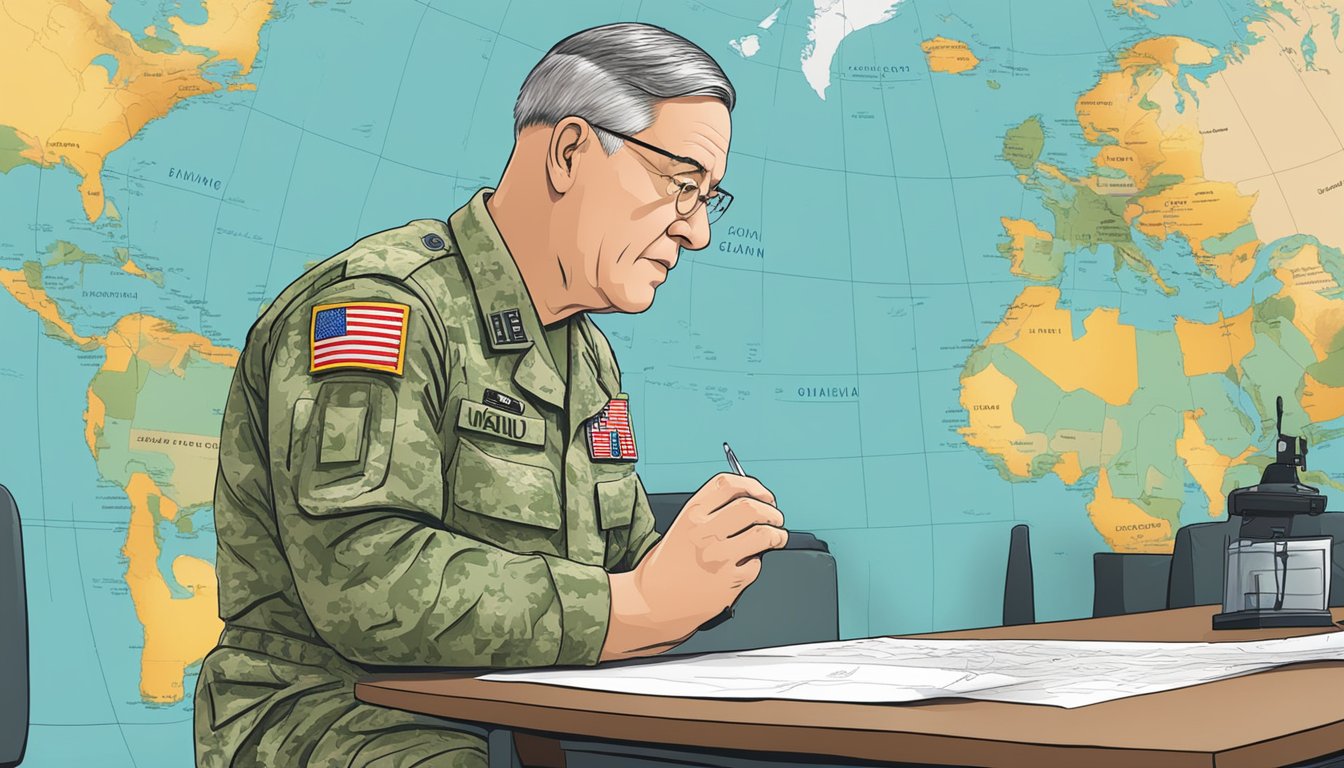During a recent breakfast meeting with the Defense Writers Group in Washington, D.C., General Eric Smith, the Commandant of the Marine Corps, voiced his reservations about moving Marines from Okinawa to Guam.
He raised concerns that this shift might not meet the U.S.’s strategic needs effectively, suggesting that relocating forces to Guam could actually impede their ability to respond promptly in critical operational areas.
The unique geography of Guam, particularly its distance from key theaters and proximity to the International Date Line, raises questions about whether such a move would truly serve American interests.
Current Military Presence and Strategic Considerations
At present, around 19,000 Marines are stationed in Okinawa.
A 2012 agreement between the U.S. and Japan outlined plans to transfer approximately 9,000 Marines to various locations in the Pacific, including Guam and Hawaii.
Out of that number, about 4,000 Marines are expected to make Camp Blaz in Guam their primary base.
While the Marine Corps is on board with reducing the presence in Okinawa to around 10,000 troops, General Smith highlighted the complexities involved in transitioning to Guam.
Space for logistics is limited, and with the Army also planning to deploy additional forces to the island, capacity could become an issue.
The necessary upgrades at Apra Harbor, the main docking area for naval vessels, are underway, with substantial investments aimed at improving the facilities for Marines coming and going.
Adherence to Treaty Obligations
General Smith reiterated the importance of adhering to the treaty obligations with Japan related to this relocation, stressing that compliance remains a top priority unless the agreement is revised.
The initial phase of the move included around 100 logistics support Marines who relocated to Guam last December.
The Marine Corps backs the relocation arrangement, which has evolved through two decades of rigorous diplomatic negotiations and international agreements.
Nevertheless, they are continuously re-evaluating the optimal positioning of forces in the region to honor existing commitments to the Japanese government.
Geopolitical Context and Future Implications
Okinawa is strategically located within what is known as the “first island chain,” encompassing key areas in the Pacific such as Taiwan, Japan, the Philippines, and Indonesia.
This region could become pivotal in the event of a conflict with China.
Concerns are mounting about the possibility of Chinese aggression towards Taiwan, with U.S. military leaders predicting that China may attempt an invasion by 2027.
Although the Taiwan Relations Act of 1979 leaves room for interpretation regarding U.S. intervention, President Biden has made it clear that he supports Taiwan.
In the context of escalating tensions and aggressive territorial claims made by China, General Smith suggested that now might be the time to rethink the decision to move Marines to Guam.
He underscored that this remains an internal issue for the Japanese government but noted that historical precedent shows that any concessions made to China could lead to more assertive actions.
To counter such threats effectively, General Smith emphasized the critical need for a strong deterrent presence, particularly within the first island chain.
Source: Taskandpurpose

